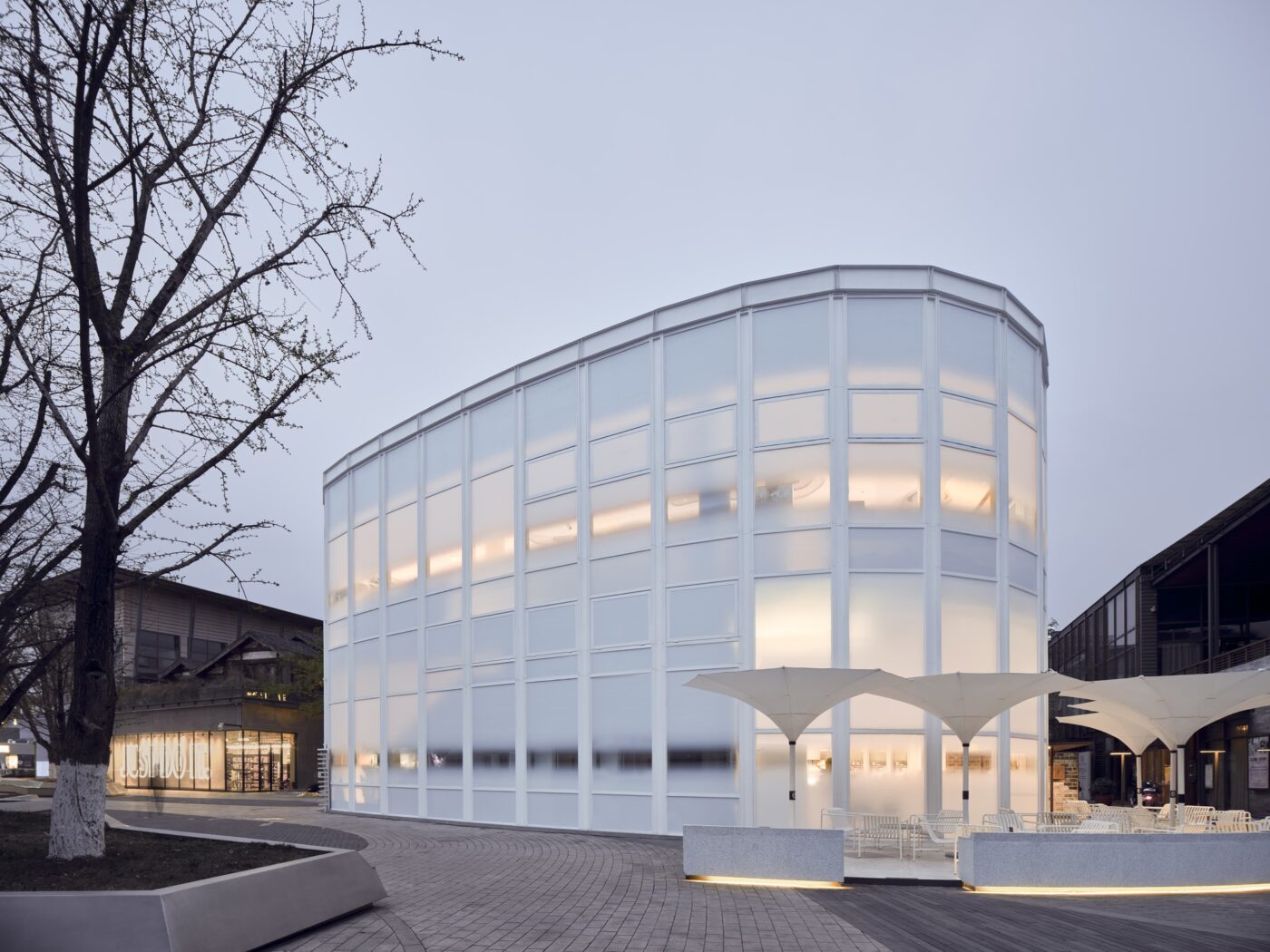
We sit with BLT awards Jury member, Li Yuejiu to talk about his experience in Architectural Research, planning, and interior design. He studied in many star firms and participated in commercial real estate projects and ancient architecture design research for many years.
Can you tell us a bit about your professional journey? Where are you based?
My professional journey has always been guided by my interests. My undergraduate major was in urban planning, but during my studies, I became more interested in architecture and acquired a lot of architectural knowledge through reading a lot of books and traveling. My love for visual design and installation art prompted me to try to open a studio in 798 after graduation. I spent two years studying and researching ancient architecture in Chengdu, where I founded a9a Architects in 2015, which gave me more freedom to expand my career path as I saw fit. My interests are affecting my career prospects and the way I solve problems.
My current place of residence is Chengdu. Chengdu is a city with a good work-life balance. It has a peaceful and comfortable atmosphere, which is often referred to as “anyi” by Chengdu people. Compared with super first-tier cities, Chengdu is less stressful to live in and allows more freedom to choose work and life. From my point of view, I think it’s easier for designers to produce good designs in a relaxed state, and they can also set aside time to polish their works, rather than being consumed by daily traffic, which is an advantage of Chengdu.

Can you tell us more about your role and responsibilities at a9a Architects?
My role at a9a Architects is that of founding partner and design director. My main job is to strictly control the overall direction of a9a’s design projects. In addition to the design tasks, my responsibility is to coordinate the connection and cooperation of all parties involved and to lead a9a out of the traditional architectural design mode, broaden the development ideas, and experiment with new design areas. That’s also what I’m interested in.
What are your guiding design principles?
I like diversified design thinking, which can combine more disciplines and fields. Many approaches can be used; text, materials, graphic design, and so on, can become the starting point of the design. The principles of the design plan must also take into account the relevance of various factors, such as the environment, time, and place where the project is located. We are also doing some material exploration and innovation, hoping to make some materials that we often use ourselves.

What is your approach toward making your projects more energy efficient and sustainable?
The first important thing is to adjust the relationship between the architecture and the site. Choosing more suitable materials according to the location of the project is also a way to control the cost. For different projects, we develop unique strategies based on climate, location, environment, and culture. The locality is essential, but it is more important to complete the design intention of the project itself for the savings to be significant. For example, China and Japan are also Asian countries, but the understanding of space, usage, and experience are completely different. It is meaningless to talk about savings without the site.
As President of the Jiuzhu Branch of Architectural Planning and Design Research Institute of Chongqing University, do you mind disclosing some of your research topics?
Chongqing University has made great achievements in the fields of urban planning and mountain architecture research, with a strong academic environment, and made friendships with like-minded peers, which has given me a new understanding and idea of urban mountain architecture. Being exposed to a large design team, who works very differently from a9a, has also broadened my access to resources and ways of thinking about my work.

What do you think are the biggest challenges and opportunities in your industry now?
Beyond economics, the biggest challenge is the meaning of architecture. As the time cycle stretches, architecture will become extinct. I have often mentioned the death of architecture, which will gradually become rigid and mechanical with the expansion of society and become the machine of living, which is an irreversible change. The idea of a living environment in science fiction may become a reality. Opportunities, on the other hand, need to take advantage of the trend, to frequently respond to the cycle of people’s psychological changes, meet the needs of the current social environment, and lead the way in the meantime.

What are you working on at the moment, and do you have any upcoming projects or collaborations that you’re able to tell us about?
At present, our project advances mainly in the areas of community business and community cultural architecture. The reason why we are positioned in the community is that we found that the place built ten years ago was relatively devoid of ideas about the creation of community culture and business. We chose to actively fill in this weakness and make more attempts. For example, the former urban micro-renovation project includes some urban renewal exhibitions.